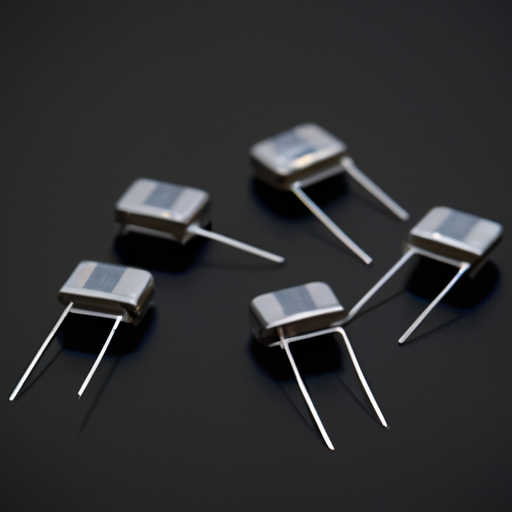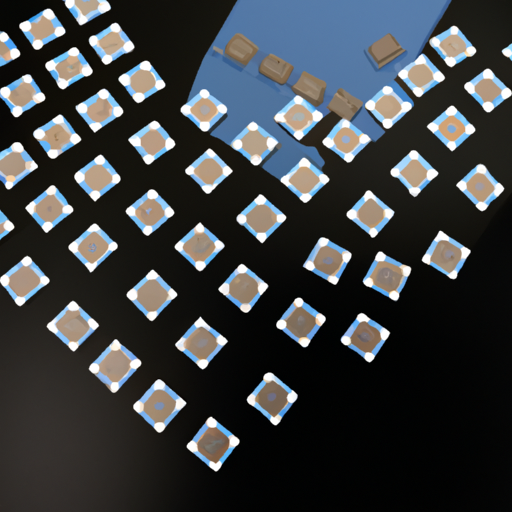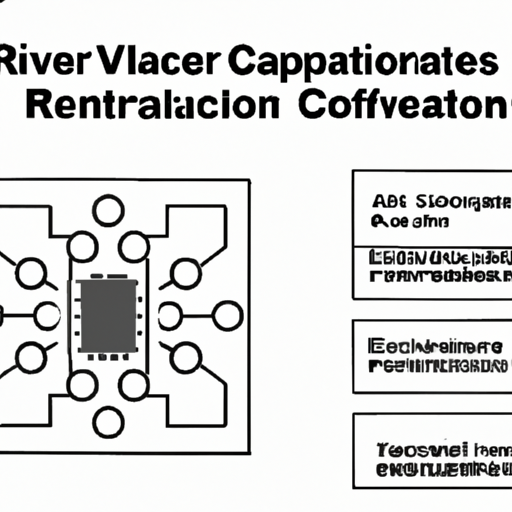
Overview of Single Zener DiodesSingle Zener diodes are essential semiconductor devices that allow current to flow in the reverse direction when the voltage exceeds a specific threshold known as the Zener voltage. These diodes are integral to various electronic applications, including voltage regulation, voltage reference, and protection circuits. The 2474-26L is a notable model of a Zener diode that exemplifies the core functionalities and applications of these devices.
Core Functional Technology1. Voltage Regulation 2. Reverse Breakdown Operation 3. Temperature Stability 4. Low Noise 5. Fast Response Time 1. Power Supply Circuits2. Voltage Reference3. Transient Voltage Suppression4. Signal Clipping5. LED Protection Application Development Cases ConclusionSingle Zener diodes, such as the 2474-26L, are pivotal in modern electronics, providing essential functions like voltage regulation, reference, and protection. Their unique characteristics make them suitable for a diverse array of applications, from power supplies to signal processing. A thorough understanding of their core functionalities and application cases enables engineers to design more reliable and efficient electronic systems, ultimately enhancing the performance and longevity of electronic devices.

Application Development in Diode Arrays for CFR-25JB-52-100R: Key Technologies and Success StoriesDiode arrays, particularly the CFR-25JB-52-100R model, are integral components in a variety of applications, including telecommunications, medical devices, and industrial automation. This document outlines the key technologies driving the development of diode arrays and highlights notable success stories that illustrate their impact across different sectors.
Key Technologies1. High-Speed Switching 2. Thermal Management 3. Integration with Microcontrollers 4. Optical Communication 5. Power Efficiency 6. Modular Design 7. Signal Processing 1. Telecommunications 2. Medical Devices 3. Industrial Automation 4. Consumer Electronics 5. Research and Development Success Stories ConclusionThe development of applications utilizing diode arrays, particularly the CFR-25JB-52-100R model, underscores the versatility and significance of this technology across various industries. With continuous advancements in semiconductor technology, thermal management, and integration capabilities, diode arrays are set to play an increasingly vital role in future innovations, driving progress in telecommunications, healthcare, industrial automation, and beyond. As industries continue to evolve, the demand for efficient, high-performance diode arrays will only grow, paving the way for new applications and success stories.

Application Development in Variable Capacitance (Varicaps, Varactors) for CFR-50JB-52-100R: Key Technologies and Success StoriesVariable capacitance diodes, commonly referred to as varicaps or varactors, are essential components in modern electronics, particularly in RF and microwave applications. The CFR-50JB-52-100R is a specific model of varactor diode that exemplifies the capabilities of these devices. Below is an overview of key technologies and notable success stories associated with varactor applications.
Key Technologies1. Tuning and Frequency Modulation2. Voltage-Controlled Oscillators (VCOs)3. Filters and Matching Networks4. Phase Shifters5. Integrated Circuits1. Mobile Communication2. Television and Radio Broadcasting3. Satellite Communication4. Consumer Electronics5. Automotive Applications Success Stories ConclusionThe application of variable capacitance diodes like the CFR-50JB-52-100R spans a diverse range of industries, from telecommunications to consumer electronics. Their ability to provide tunable capacitance has led to significant advancements in technology, enabling more efficient and versatile electronic devices. As technology continues to evolve, the role of varactors in emerging applications, such as 5G and IoT devices, is likely to expand, further solidifying their importance in modern electronics. The ongoing development and integration of varactors will continue to drive innovation across various sectors, ensuring their relevance in the future of electronic design.